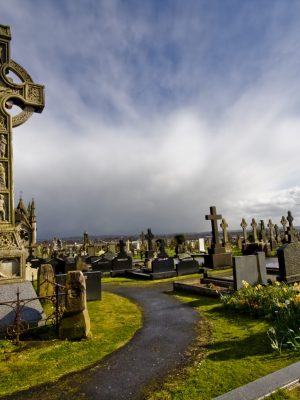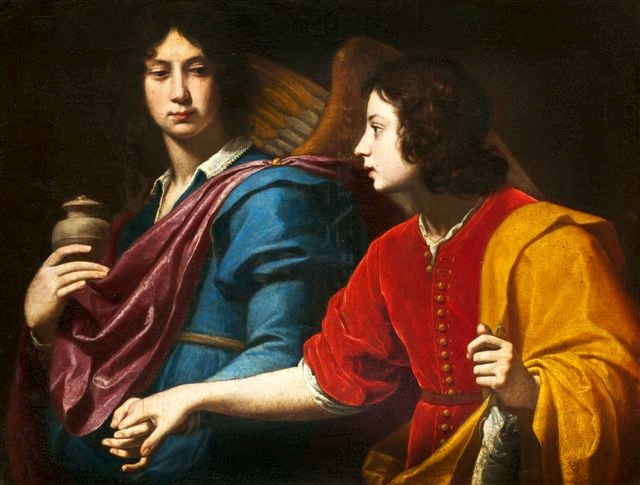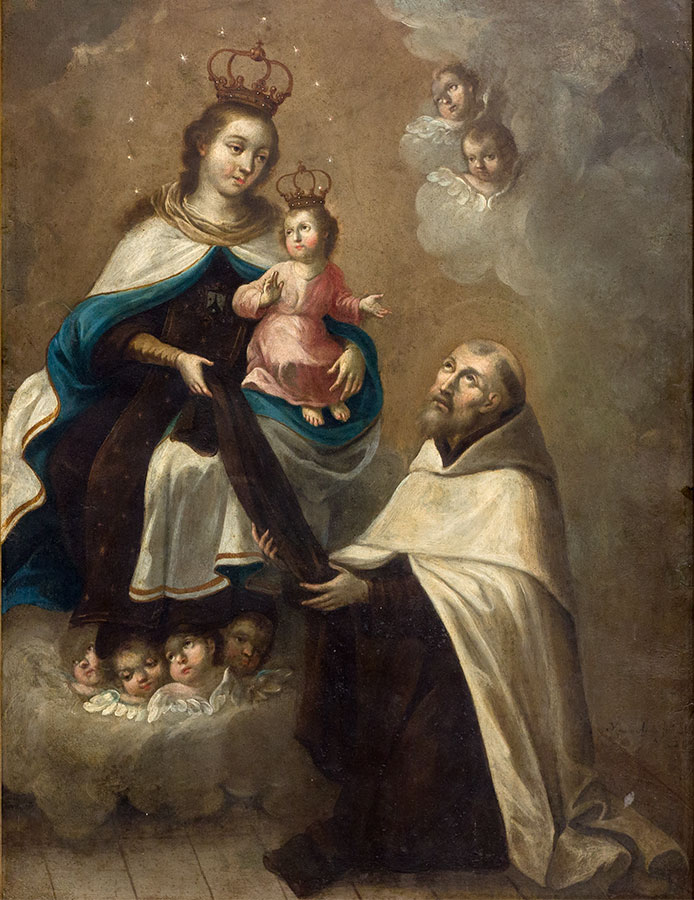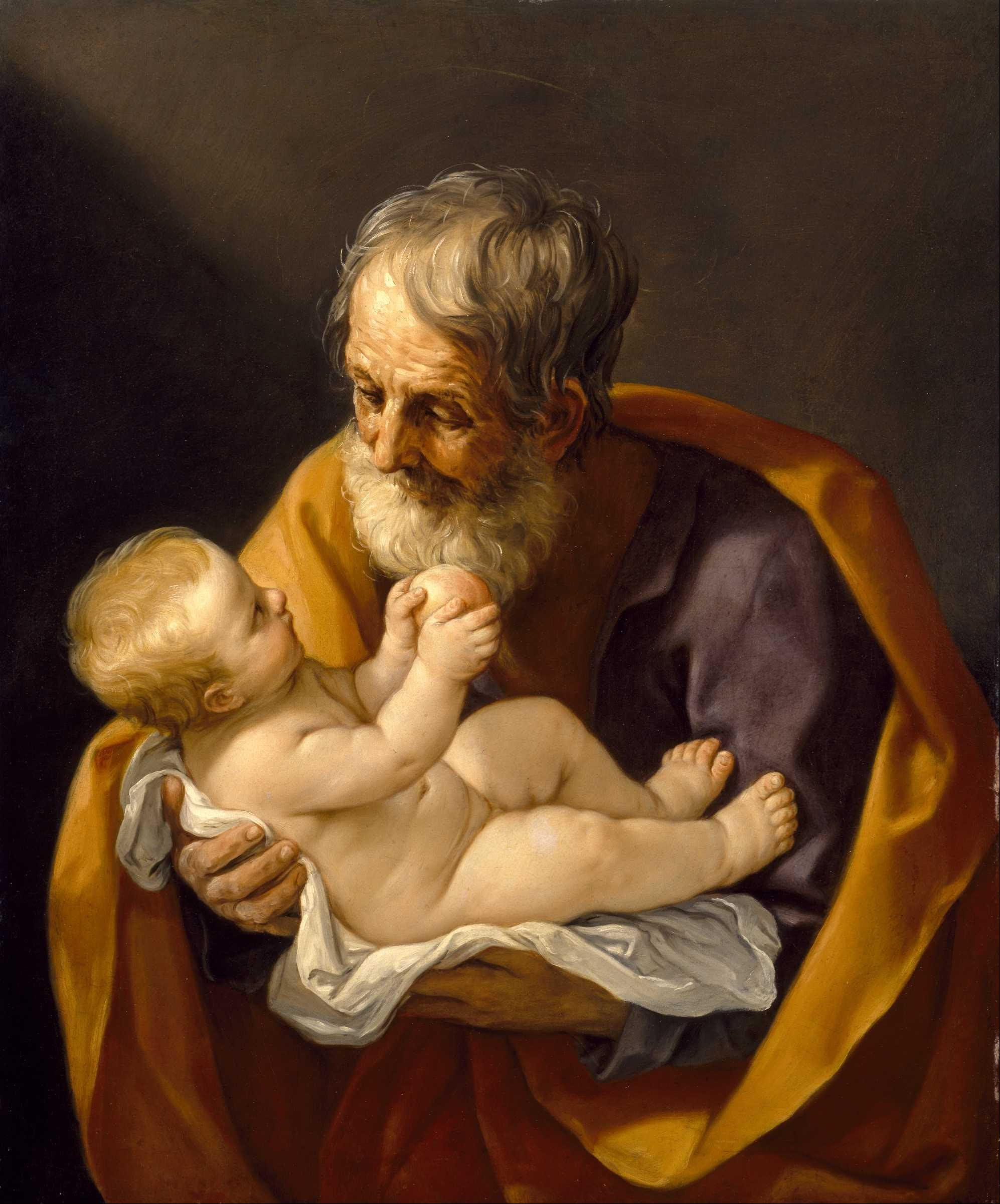“All nations honor their dead. Whether enlightened by faith or groping in error, all strive to keep alive the memory of those whom death has taken away.” -Fr. John Sullivan, Catholic theologian
Love of the departed and a desire to perpetuate their memory is found in every land and culture, both pagan and civilized.
Along the ancient roads that lead to and from the mighty capital of Rome can still be seen today broken old tombs of the great ones of ancient civilization. Indeed both the Etruscans and Romans were known for their tombs to honor their dead which have withstood the test of time.
Outside the walls of the holy city of Jerusalem at the foot of the Mount of Olives thousands of tombs can be seen today all carefully arranged in the shadows of the ancient walled city. These bodies await the final judgment of the world on the last day.
Even the mighty pyramids come to mind, housing the tombs of the dead pharaohs of Egypt. Or the Taj Mahal, a memorial and tomb built by a Hindu king for his beloved queen.
Nevertheless, how little is known by even well-informed Catholics concerning the history, meaning and spirituality of the practices which have embodied the Catholic Church’s majestic burial customs and ritual surrounding the death of its members.
This article seeks to name and describe five important ways that Catholics honor their dead, proving yet again that the Catholic Church leads the way as a historic creative minority. The soul-stirring customs of the Roman Catholic Church honoring their dead have long been made hallowed by Tradition and have been passed down through the centuries and survived the test of time.
Prayers for the Dead:
The Catholic Church is a true mother to her children. Her solicitude extends not only to human bodies (which are perishable) but also to their memory which will endure on this earth but for a short time. Further, and most importantly, she extends her solicitude to the soul which is immortal and will live forever in Heaven or Hell.
The Catholic faith teaches that everyone must die and at death the soul is separated temporarily from the body until the second coming of Christ at the end of the world. The immortal soul in Heaven is still a member of the Church of Christ. It may also be in Purgatory, a temporary place of suffering for those already saved. The time of the souls there can be relieved and shortened by the prayers of other members of the Church.
Thus the Church offers public prayers for the dead and asks her members to pray in private for the souls of the faithful who have passed through the gates of death. The Church teaches us that although separation has come by death, it is but for a time, until the soul is reunited with the body at the end of the world.
Despite death, a bond of union exists called the “Communion of Saints,” held between those who are still living and others who have gone before us, our forefathers in the faith.
Catholics kneel at the bedside of those who are dying, praying with deep fervor for a spirit of conversion and repentance of heart. With the cadence of prayer and hymn they beg God’s mercy and ask for the grace of a happy death.
Meanwhile, the soul is judged, receiving its sentence from its Maker. Friends who remain on earth, by their charity pray for the repose of the soul, commending it to God’s mercy and forgiveness.
Upon death the person’s time for meriting grace is over, while it may still obtain merit through the prayers and good works offered on its behalf by living souls who are themselves in a state to acquire merit from spiritual prayers and offerings.
This is done particularly through the petitions and supplications of the entire Church through the praying of the Holy Sacrifice of the Mass, the communal worship of the Christian community done for the living and dead.
The Last Anointing:
The ministry of the Catholic Church is at its best in the care which it manifests towards the sick and dying. In the sick-room and at the death-bed the family keeps vigil while the priest wins the grateful love of the people as he ministers at the side of the sick and dying.
Through darkness, rain and snow, the priest makes his way to these bedsides. This is the most important moment in most peoples lives, as they make the irrevocable journey to the other side of life.
Despite the danger of contagion and exposure to disease, the priest makes his presence felt with the prayers and anointings of Holy Mother Church. This is because no peril is worthy of notice when a soul is at stake.
By the last anointing, also known as “Extreme Unction” or the “Anointing of the Sick,” the soul is prepared for its passage to eternity.
This sacrament receives its name because it is the last or extreme anointing that a Catholic will receive before death.
At Baptism the Catholic is anointed – the breast and shoulders with the Oil of Catechumens and the head with sacred Chrism. At Confirmation the head of the Catholic is anointed with sacred Chrism to show that the faith must be made manifest to the world. Priests are also anointed at ordination.
When the faithful are anointed at the point of death, it is the various senses of the person which receive the oil known as the Oleum Infirmorum – the “Oil of the Sick.” It is applied by the priest to the principal organs of the body through which sin may have come upon the soul (the face, hands, and feet).
The oil is symbolic of strength. In the ancient world oil was used as a medicine, a food, a source of health, and even light. So it is with the sacramental oil with which the Church anoints her children to give them spiritual strength in their final conflict with the world and Satan.
The Funeral Liturgy:
The Catholic liturgy is a grand and harmonious manifestation of man’s homage to God. Its words, ceremonies and devotions are the growth of centuries – and its ceremonial and sacred rites surrounding the burial of the faithful reflect the wisdom of the ages and the deep sympathy the Church has in regard to the human condition.
For funeral rites the vestments worn by the priest are generally black or violet – a universal sign of mourning. There are no flowers upon the altar. The tone of the rites is somber. Catholics are reminded to pray for their dead and mourn their passing – this is a healthy process of grief and closure.
The essentials of the Church’s funeral worship have been embellished with a wealth of ritual observance that has been handed on down through the centuries in an organic manner, seen most clearly with the impressive death and burial rites of the Extraordinary Form of the Roman Rite. Every detail is symbolic of the purpose for which the act of intercession is offered.
One of the most moving ceremonies of the obsequies of the funeral liturgy is when Mass is finished. The priest puts on a black cope (a large cape) and turns to where the body lies. The ensuring prayers are known as the “Absolution.” He reads a prayer: “Enter not into judgment with Thy servant, O Lord,” asking the Divine Mercy on him who during his life was signed with the seal of the Most Holy Trinity through Baptism.
The choir then chants the “Libera” – “Deliver me, O Lord, from everlasting death on that dread day;” a most touching appeal of the soul who is trembling with fear before the tribunal of God.
The coffin is then sprinkled with holy water, typifying the preservation of the body and soul from the dominion of Satan. The priest then incenses the coffin, to express honor that is due to the body as a temple of the Holy Spirit and a tabernacle of Christ.
Finally, a prayer is chanted: “O God, to Whom it belongeth always to show mercy and to spare, we humbly beseech Thee for the soul of Thy departed servant…, whom Thou has this day called out of the world, that Thou deliver it not into the hands of the enemy nor forget it forever, but command that it be received by Thy holy angels and taken to paradise, its true country; that, as it has believed and hoped in Thee, it may not suffer the pains of hell, but must have joy everlasting.”
Sepulchral Monuments:
The most beautiful sepulchral monuments and tombstones in the world are seen in Catholic countries. This can be seen in grand cities such as Paris or London, Milan and all over the world. In Venice there is a famous cemetery on its own island. In fact, the cemeteries seen in Europe are veritable tourist attractions for this very reason.
Each year countless foreign visitors to Rome visit the Campo Verano cemetery to marvel at the incredible artistry and imagination of the funerary tombs and monuments, many of them sepulchres owned by ancient and noble Roman families. Even the North American seminary in Rome has its own two-story funeral chapel in the heart of the cemetery.
The Church’s faith teaches that the body has been the temple of the Holy Spirit and it is to be reunited to the soul on the day of the general judgment, to share its eternal destiny. The body is the instrument which the soul has used for God’s service. In short, the body is holy and the graveside is marked permanently.
The body, in the designs of God, is destined to participate in the bliss which God will give to the faithful soul. The common theme of the Catholic graveyard is clear: “I know that my Redeemer liveth, and that in the last day I shall rise out of the earth, and I shall be clothed again with my skin, and in my flesh I shall see my God, Whom I myself shall see and my eyes shall behold, and not another.”
Each monument on display manifests an undying love for those who have gone before us, each in its own beautiful and imaginative way intended to be a permanent testament to the deceased for a permanent record of their existence.
These tombs are monuments to the memory of the dead, symbolic of eternal existence and mansions in heaven. They invite intercessory prayer and point to the hope we have in eternal rest and a heavenly reward. Each stands as a testament and laudation of the faith of those who have been marked with the sign of faith.
Going to the Grave:
In the classical Latin Rite burial service a beautiful prayer is said as the priest accompanies the body to the place of burial in the cemetery. This is done as the procession winds its way, a prayer familiar to many:
“May the angels lead thee into Paradise; at thy coming may the martyrs receive thee and bring thee to Jerusalem the holy city. May the choirs of angels receive thee, and, with Lazarus once a beggar, mayest thou have eternal rest.”
The prayer resonates in the deepest chambers of the mourning heart as it is stirred by the moving rites that speak of body and soul.
The Benedictus, or Canticle of Zachary (“Blessed be the Lord God of Israel”) is said or sung, with an antiphon that is taken from the words of Christ to the sorrowing sisters of Lazarus: “I am the Resurrection and the Life. He that believeth in Me, although he be dead, shall live; and every one that liveth and believeth in Me shall not die forever.”
This is followed by a prayer in which the Divine Mercy is besought for the faithful departed; it begs God’s mercy upon the soul who even if he had the desire of doing God’s will, may have deserved punishment for past misdeeds.
Such is the ordinary program for the end of the earthly journey of Catholics who practice their faith and die in the bosom of the Church.
The inscription above an old door of a monastery on Mt. Athos acts as a sure reminder to be ever ready for our own death and passing. It reads: “If you die before you die, when you die you won’t die.” This meditation offers important insight, especially during the month of November when Catholics honor their dead.








